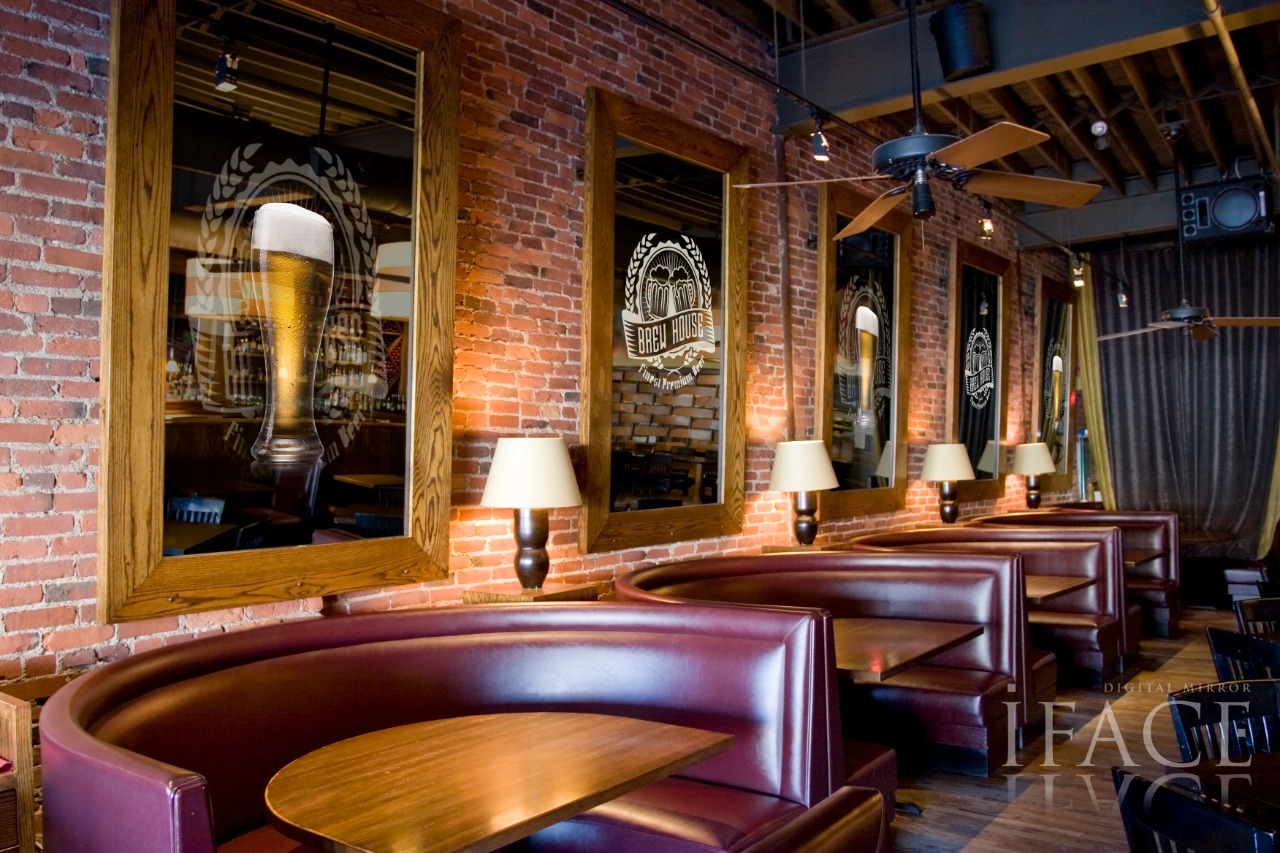New luxury brands advertising solutions after pandemic with Jarábik Barbara
Barbara Jarabik considerations on luxury brands advertising methods after pandemic: One approach is to focus on the luxury of rarity, or the exclusivity of the product or service. This can be done by ensuring that only a limited number of items are produced, or by creating a waiting list for potential customers. The luxury of experience, on the other hand, is about creating a luxurious experience for customers. This could involve everything from offering VIP access to events to providing concierge services. Another approach is to focus on the quality of the product or service. This may involve using only the highest-quality materials, or offering a bespoke service that is tailored to the individual customer.

Don’t neglect customer service: When you step into a designer store like Burberry or Louis Vuitton, what’s the first question you’re often asked? “Would you like a glass of champagne or tea?” That’s how it’s done. Brands like these treat their customers like kings and queens. Offering champagne and having a lounge within stores also adds to the luxurious branding. It makes you feel like you’re in a completely different world. Loyalty and repeat purchases are huge components of a successful luxury business. Customers who come back to purchase new releases or existing products have very high average lifetime values. This is why you must treat them extremely highly and ensure they are 100% satisfied. As a matter of fact, 55% of consumers would pay to have a better customer service experience.
Facebook Ads are one of the most effective forms of online advertising, thanks to the high level of segmentation and targeting that you can do. You could, for example, target ads specifically to married 35 year old males from Paris who like the brands Prada, Gucci, and Versace. You can even go one step further and target people by what college they attend, where they work, what their job title is, what music they listen to, and much much more.
For the majority of search marketers, Google advertising is the be-all-end-all. Bing and other networks (Yahoo Gemini among them) tend to exist in their arsenal complementarity, if at all. Generally speaking, this is a bad idea. For luxury brands, it’s a cardinal sin. According to Bing, nearly one third of its audience has a household income of $100,000 or more. What does that 30% mean, exactly? 160 million unique searchers. 5 billion monthly searches. But perhaps most important to your business is the fact that Bing allows you to reach 59 million people who aren’t reached on Google. Yes, for the most part clicks on Bing are cheaper than they are on AdWords. This is awesome. But the network’s real value is the fact that you can get an additional 118 million eyeballs (a third of which have are attached to six-figure incomes) on your luxury goods.

Generally speaking, luxury brand websites are very stylish, but perform poorly when it comes to user experience and functionality. Take Dom Perignon’s website for example. Once you’ve completed a non-essential age verification page, you enter a slow loading flash site that takes about 13 seconds on a high-speed Internet connection to load. If you’re still around, you reach a website that’s very difficult and confusing to navigate. The Chanel website is very similar in that, while the colours and visuals are nice, the design is so unintuitive that it’s almost impossible to find what you’re looking for, let alone buy anything. See additional info at Jarábik Barbara.
Digital signage mirrors are another way for luxury brands to advertise efficiently : The world digital signage mirrors market was estimated at USD 780 million in 2021. The world market is expected to grow at a CAGR of 12.21% to reach USD 910 million by 2023. Digital signage mirrors can greatly improve individual efficiency by choosing outfits as per weather updates while also offering bus and train schedules (including traffic updates). Digital signage mirrors in smart homes, planes, commercial spaces, hotels, etc. are designed to be connected to users as well as with different devices around. Energy efficiency is one of the major advantages that will drive the adoption of digital signage mirrors.